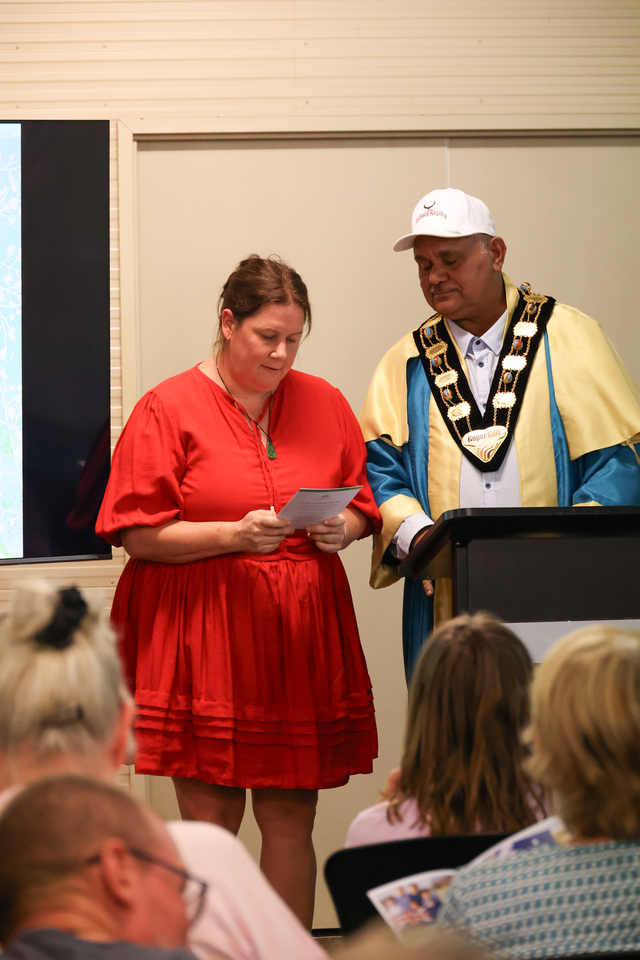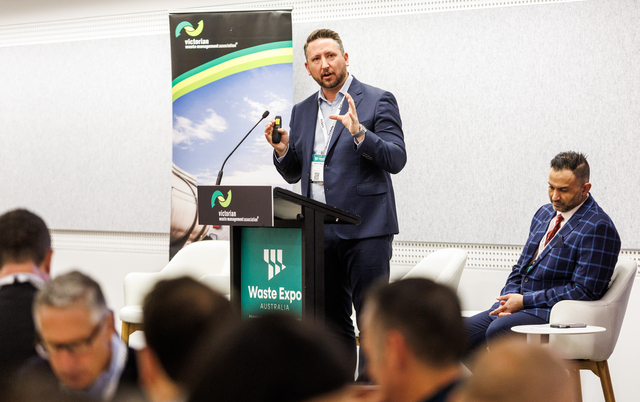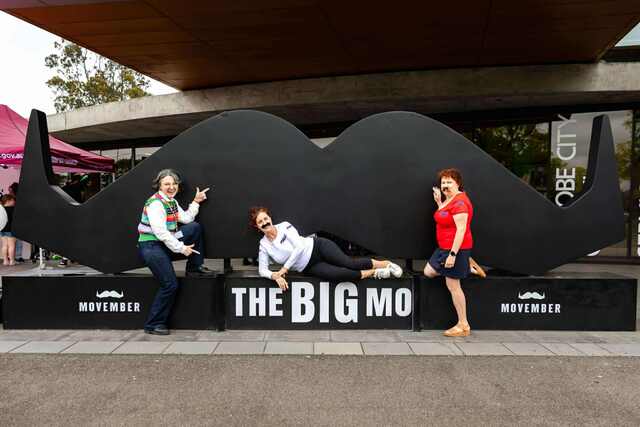Geoscape: a national geospatial mapping project is helping government and communities to make better decisions.
As councils across Australia grapple with the challenge of sustaining essential services within tight budgets, a new project hopes to help by using big data to improve planning efficiency.
Leading geospatial data supplier PSMA Australia has launched Geoscape, a suite of 3D digital datasets that describe the built environment at every address in Australia.
The project, a world first in whole-of-continent geospatial mapping, is being rolled out across Australia and has the potential to accelerate decision-making for local councils in areas such as asset management, service delivery and urban planning.
Geoscape uses a combination of satellite imagery, crowdsourcing and machine learning to accurately identify buildings and objects across the landscape.
While geographic information system (GIS) technology has been used to create 3D maps of some Australian cities, these projects have typically been small-scale and restricted to defined areas with large populations.
PSMA Australia CEO Dan Paull says 3D models have traditionally been expensive to produce, because they largely relied on aerial photography and costly data processing, which could only be justified over small areas.
“Before Geoscape, the only real opportunities to do analysis involving actual building capture were usually for central business districts where that kind of investment could be justified.
“The major difference with Geoscape is its national scale, meaning local government areas will be covered by this kind of tool for the first time.”
The availability of rich and reliable location information can help councils make better decisions and lower their costs when planning new developments or undertaking public works.
With an accurate representation of features such as roads, drains, streetlights, trees, as well as every property in town, councils will be able to make faster assessments relating to asset management, infrastructure maintenance and road renewal.
Geoscape will also assist with longer term planning for new developments and urban renewal. Access to accurate 3D models will enable planners to, for example, assess how a new development might impact on the existing environment or buildings and enable better planning for related infrastructure and services.
Mr Paull says Geoscape will also help local councils streamline practices such as mass property valuations for rates notices by making the process more automated.
“The ability to generate valuations that are of high enough quality to support a rate determination, but at a lower cost, would be a good thing for both ratepayers and for taxpayers.”
Information on Geoscape can be accessed at geoscape.com.au
*Copy supplied by PSMA







